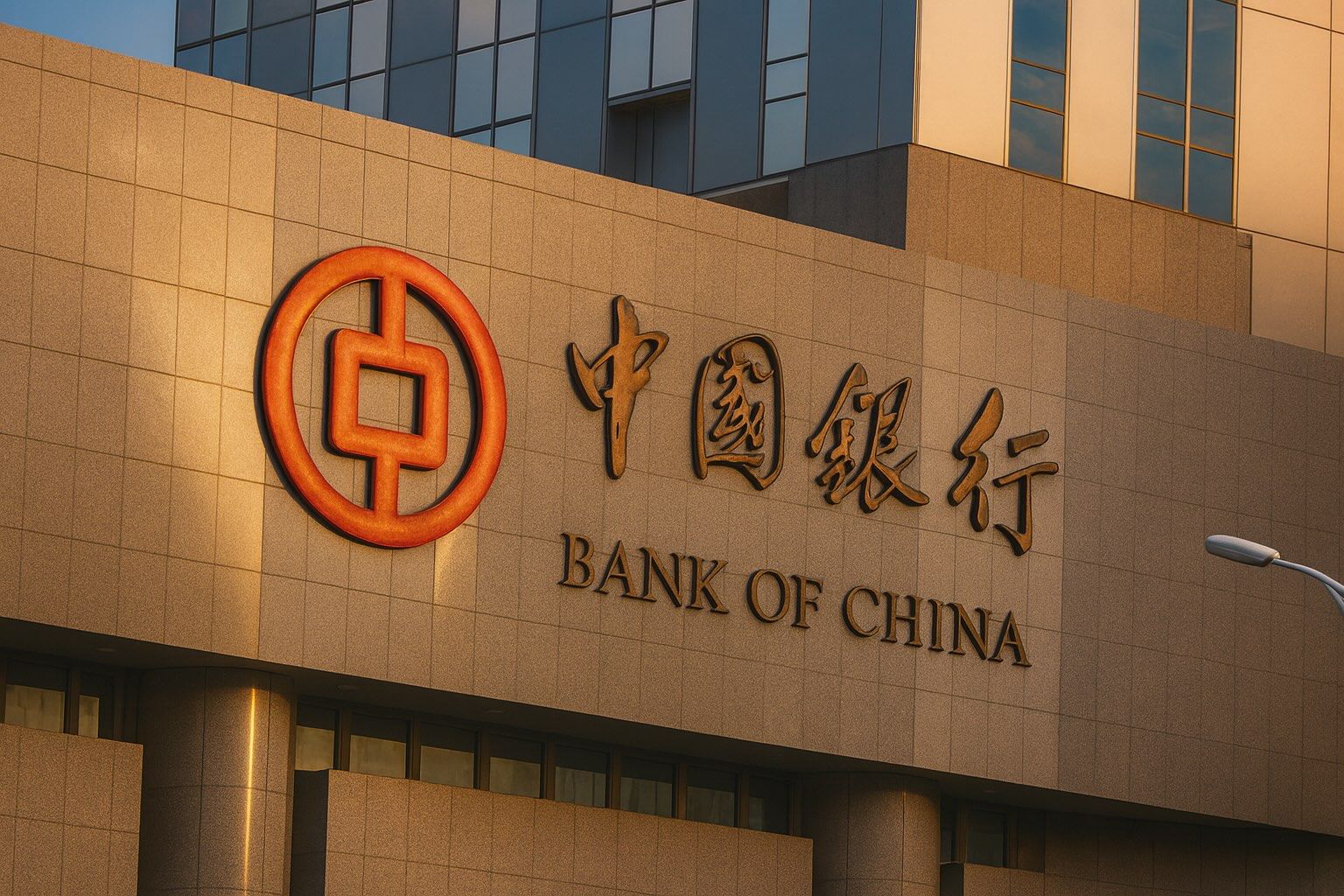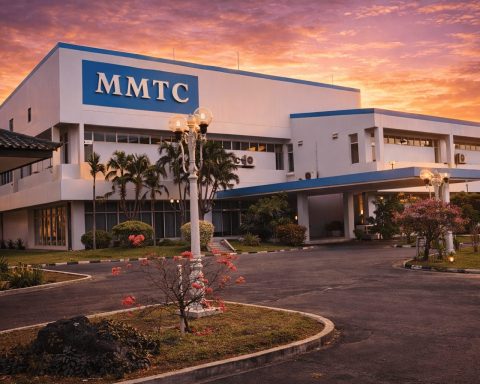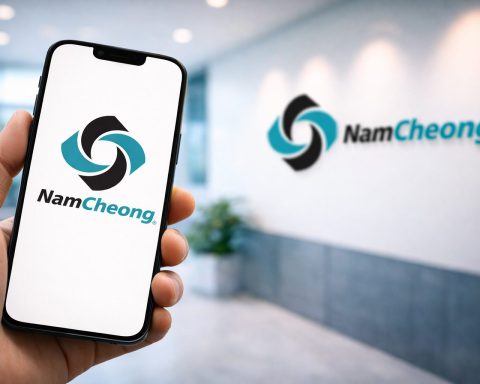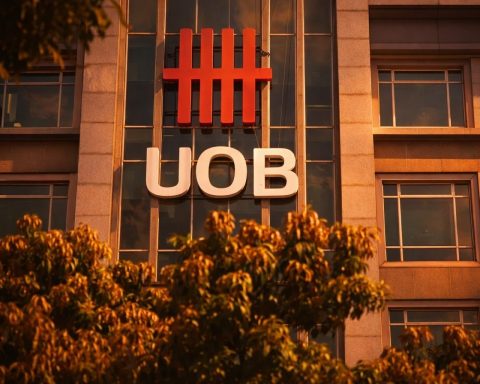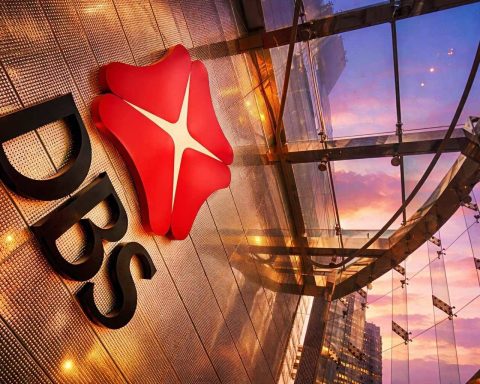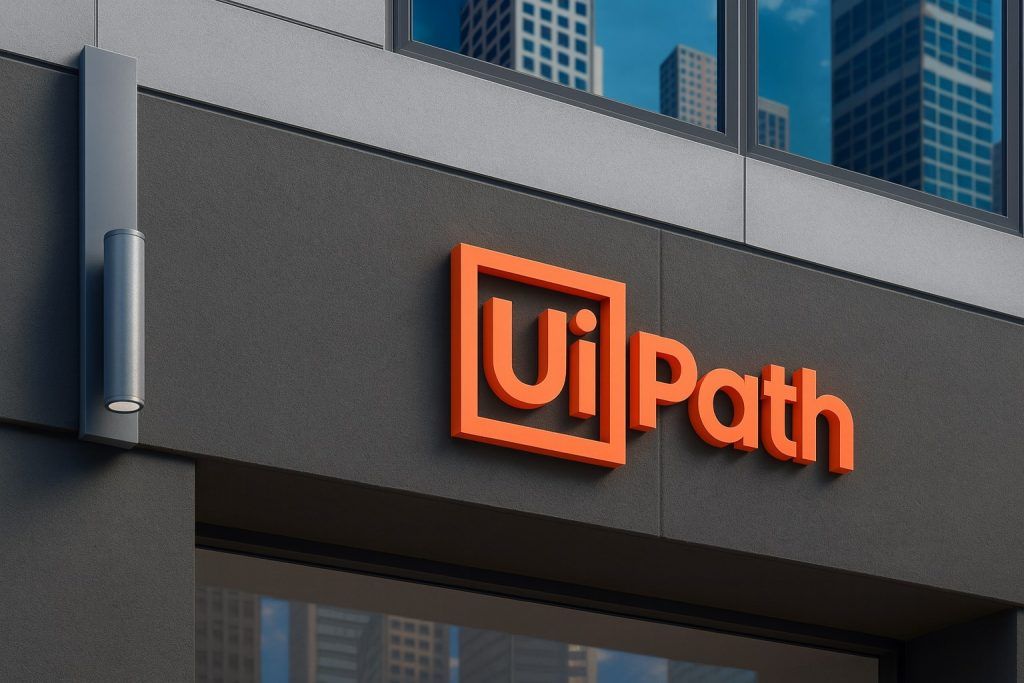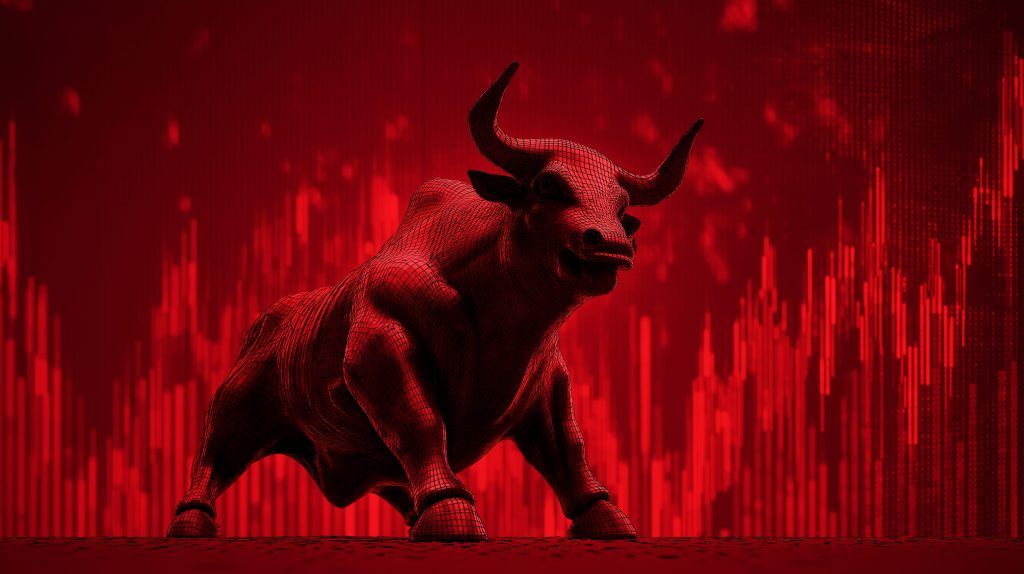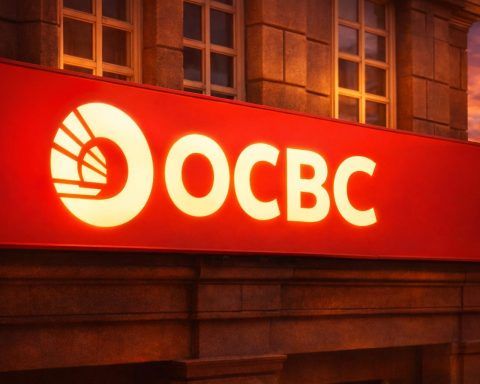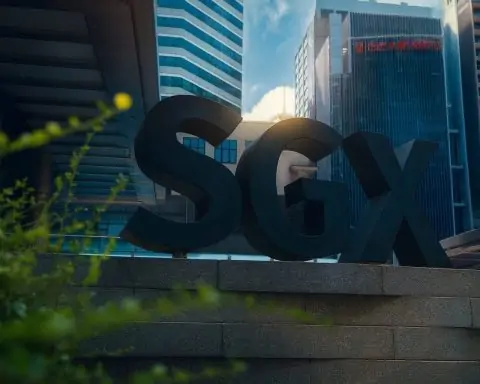- Bank of China (OTCMKTS:BACHY) shares slipped to about $14.08 on Oct 25, falling below the 200-day moving average ($14.26) [1]. This comes after Bank of China’s Q2 results showed EPS of $0.62 (versus $0.63 expected) on revenue of $19.64B [2]. The stock trades at roughly a $165.8B market cap (P/E ~5.4) [3]. Despite the dip, analysts see upside: S&P Global data suggest Bank of China’s stock still has about 22.7% “implied” upside relative to current prices [4].
- Market context – Chinese banks: After an August pullback, Chinese bank shares rallied in late Oct as trade tensions eased. On Oct 21 the Hang Seng Index closed near 26,027 (+0.7%) and mainland Shanghai/CSI markets also rose [5]. Still, major banks warn margins are under pressure: Reuters notes China’s big five lenders saw net interest margins at a record low (1.42%) by June 2025, and Bank of China President Zhang Hui said low rates are a “common challenge” for all banks [6] [7]. Morningstar and S&P Global analysts point out that this pullback may make large Chinese lenders relatively cheap, supporting upside once margins stabilize [8].
- Inchcape (LON:INCH) – Multiple Buy Ratings: London-listed Inchcape, a global auto distributor, has drawn fresh buy-side interest. UBS reiterated a Buy rating with a target of GBX 920 (pence) – about £9.20 per share, implying ~33% upside from recent levels [9]. Berenberg Bank likewise reaffirmed Buy with a GBX 1,120 target [10]. Citigroup (in Fintel/Nasdaq reports) has a price target of $12.50 on Inchcape’s OTC ADR (ticker IHCPF) [11], roughly a 19.7% gain from ~US$10.44 today. By comparison, Inchcape’s ordinary shares opened around GBX 690 on Oct 24 (about £6.90), giving a market cap ~£2.52B [12]. The stock hovers near its 50-day MA (~GBX 680) and 200-day MA (~GBX 694) [13], after trading between 575 and 819 over the past year.
- Inchcape Q3 Strength: Inchcape’s latest results reinforce the bullish case. In Q3 2025 the company delivered 8% organic revenue growth (7% total), driven by market expansion, new distribution contracts and product launches [14]. Management says it is on track with its “Accelerate+” strategy and has a £250m share buyback underway. Importantly, Inchcape reiterated its full-year growth outlook [15]. Analysts are upbeat: TipRanks’ AI model deems INCH an Outperform, citing the group’s strong performance and attractive valuation as key drivers [16]. The consensus among analysts remains moderately bullish – average price targets are around GBX 985-990 [17] (well above current 690p), reflecting roughly 40–45% upside if met.
- Stock Price Forecasts: Overall, Wall Street’s price targets on Inchcape imply substantial gains. For example, UBS’s 920p target, Citigroup’s $12.50, and Berenberg’s 1120p all suggest high-teens to +30% moves. TipRanks notes the most recent analyst rating is Buy with a £11.15 target [18] (≈1115p). By contrast, Bank of China’s US-traded H-share (BACHY) is cheaper – some data indicate it’s trading near multi-year lows – so its 22.7% implied upside [19] equates to a target around $17.30.
- Global Market Backdrop: Broad equity markets have been rallying into late Oct on softer inflation data and easing rate worries. TechStock² reports that U.S. stocks hit new highs on October 24 as inflation cooled, stoking Fed cut hopes [20] [21]. In the UK, the FTSE 100 jumped above 9,600 – led by banking names like NatWest after strong earnings – again on optimism of policy easing [22]. Even so, experts caution valuations are lofty: Nationwide’s Mark Hackett notes the S&P 500’s market-cap-to-GDP (“Buffett”) ratio is ~219%, and warns that this “isn’t out of the woods” yet [23] [24].
- Expert Views: In this environment, analysts emphasize selectivity. As one strategist observed in TS2.Tech coverage, the Fed’s easing stance and solid corporate earnings support equities, but any surprise (geopolitics, inflation) could swing sentiment [25] [26]. For now, institutional investors are piling into names like Bank of China and Inchcape based on their fundamentals: the former for its heavy exposure to China’s economy and low valuation, the latter for its strong sales growth and improvement in the global auto market. Bank of China’s management publicly vows to “actively respond” to pressures and keep performance stable [27], while Inchcape’s leadership highlights disciplined capital allocation (buybacks/M&A) and an accelerating strategy as reasons for confidence [28].
Sources: MarketBeat (technical alerts) [29] [30] [31]; Nasdaq/Fintel analyst news [32]; TipRanks news [33] [34]; S&P Global market intelligence [35]; Reuters/SCMP market reports [36] [37]; TechStock² analysis [38] [39].
References
1. www.marketbeat.com, 2. www.marketbeat.com, 3. www.marketbeat.com, 4. www.spglobal.com, 5. www.scmp.com, 6. www.reuters.com, 7. www.reuters.com, 8. www.spglobal.com, 9. www.marketbeat.com, 10. www.marketbeat.com, 11. www.nasdaq.com, 12. www.marketbeat.com, 13. www.marketbeat.com, 14. www.tipranks.com, 15. www.tipranks.com, 16. www.tipranks.com, 17. www.marketbeat.com, 18. www.tipranks.com, 19. www.spglobal.com, 20. ts2.tech, 21. ts2.tech, 22. ts2.tech, 23. ts2.tech, 24. ts2.tech, 25. ts2.tech, 26. ts2.tech, 27. www.reuters.com, 28. www.tipranks.com, 29. www.marketbeat.com, 30. www.marketbeat.com, 31. www.marketbeat.com, 32. www.nasdaq.com, 33. www.tipranks.com, 34. www.tipranks.com, 35. www.spglobal.com, 36. www.reuters.com, 37. www.scmp.com, 38. ts2.tech, 39. ts2.tech
